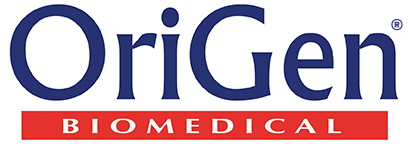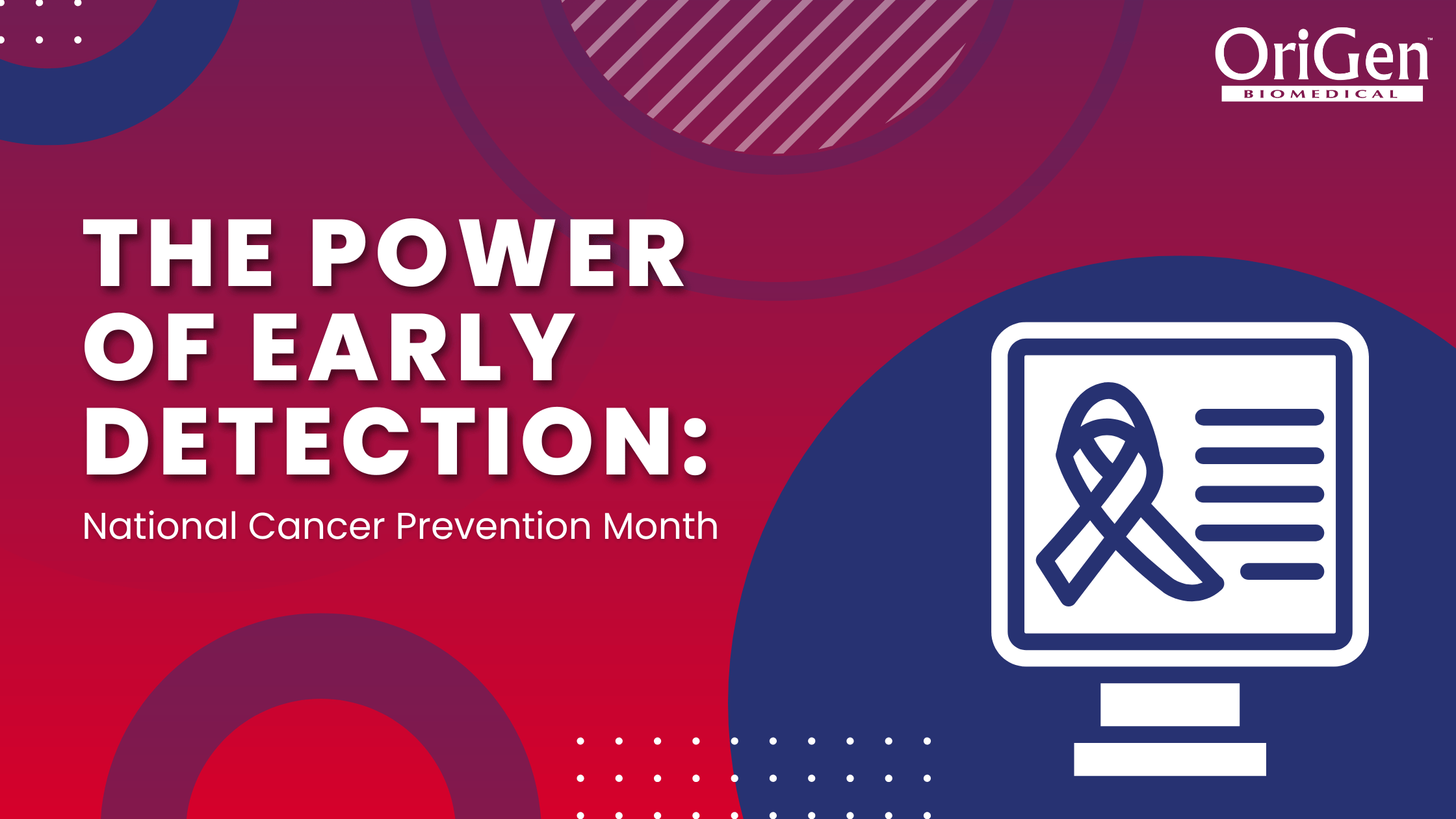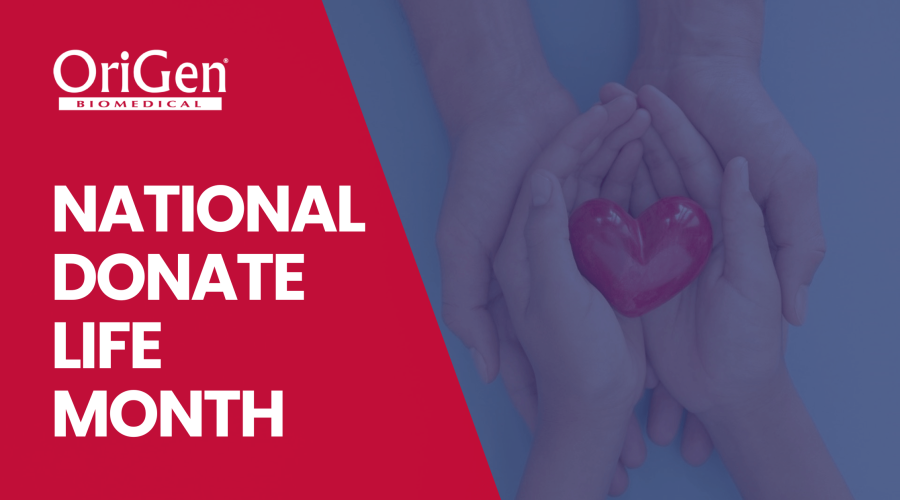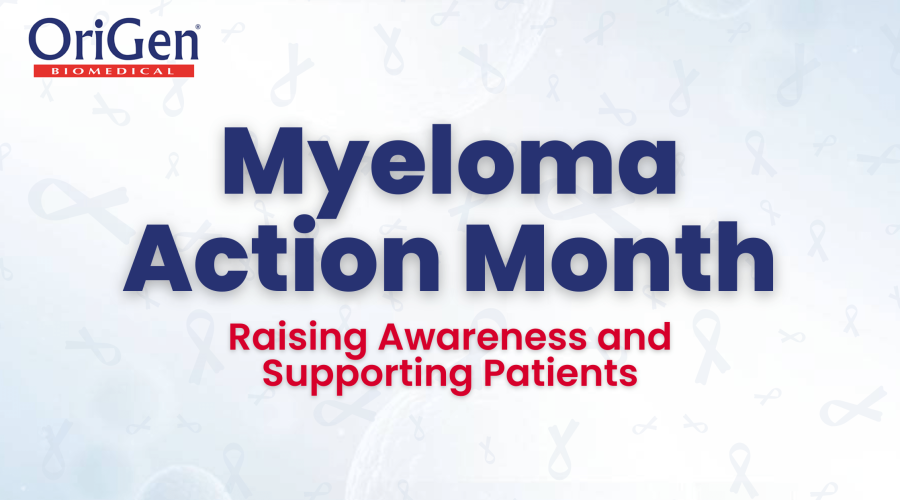February is National Cancer Prevention Month, an opportunity to emphasize the importance of screening and early detection in reducing the global burden of cancer-related mortality.[1] Early detection is a pivotal factor in improving treatment outcomes and is fundamental in enhancing survival rates, providing patients with more options and a greater chance for recovery.[2]
Why Regular Screenings Matter
Routine screenings are among the most effective strategies for detecting cancer before symptoms appear.[3] Essential screenings such as mammograms, colonoscopies, and Pap smears are vital in identifying breast, colorectal, and cervical tissue cancers at more treatable stages.[4] Numerous studies highlight that early detection significantly lowers mortality rates for various cancers, reinforcing the critical role of these screenings in preventive healthcare.
Given the personalized nature of health risk factors, screening recommendations differ according to age, medical history, and individual risk factors. Consulting with a healthcare provider ensures that individuals adhere to the most appropriate schedule tailored to their unique circumstances.
Overcoming Barriers to Screening
While the benefits of early detection are well-established, many individuals may still hesitate or postpone screenings due to the anxiety that often accompanies the thought of a potential diagnosis. It’s important to acknowledge that these feelings are natural and shared by many. The uncertainty and fear of a possible diagnosis can create emotional barriers, making it challenging to prioritize preventive health measures. However, overcoming these anxieties and taking action is key to improving health outcomes.
Efforts to reduce these barriers are crucial, with public health organizations and advocacy groups working tirelessly to expand education and provide access to affordable screening services. Many initiatives offer low-cost or free screening options, ensuring that the benefits of early detection are accessible to all, regardless of financial circumstances.[5]
Taking Preventive Action
In addition to screenings, maintaining a healthy lifestyle is key to reducing cancer risk. Lifestyle modifications such as quitting smoking, maintaining a balanced diet, staying physically active, and adopting effective sun protection practices can significantly lower one’s chances of developing certain types of cancer.[2] Even minor adjustments in daily habits can create lasting improvements in overall health.
How You Can Take Action This February
National Cancer Prevention Month is an ideal time to take charge of your health and inspire those around you to do the same. Here are a few ways you can make a difference:
- Educate Yourself & Others – Familiarize yourself with the latest in cancer prevention and share reliable, evidence-based information with your loved ones.[6]
- Schedule a Screening – If you’re due for a check-up, now is the perfect time to book an appointment with your healthcare provider.[7]
- Support Awareness Initiatives – Participate in local or national campaigns that advocate for early detection and prevention.[8]
By prioritizing routine screenings, embracing preventive health measures, and supporting awareness efforts, we can collectively reduce cancer incidence and facilitate progress for a healthier, cancer-free future.
Sources
- American Association for Cancer Research (AACR)
- American Cancer Society: Cancer Risk and Prevention
- Cancer Screening – NCI
- U.S. Preventive Services Task Force
- Cancer Research UK
- Prevent Cancer Foundation
- Rutgers Cancer Institute of New Jersey: February is Screening and Early Detection for Cancer Month
- Awareness and Prevention | Cancer Research UK




